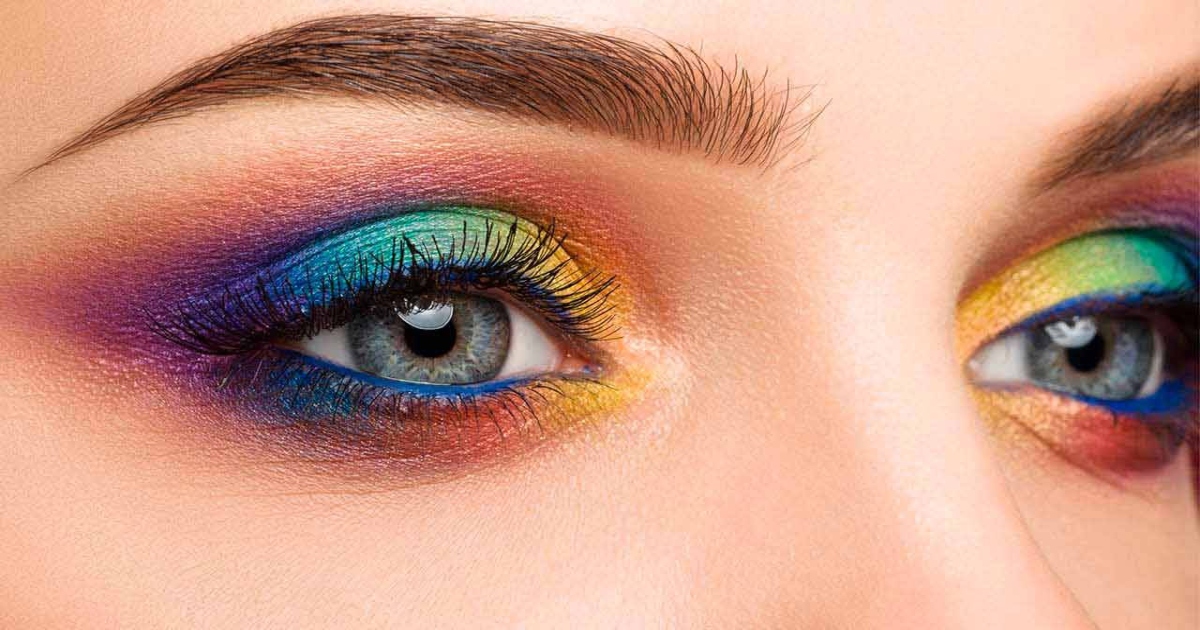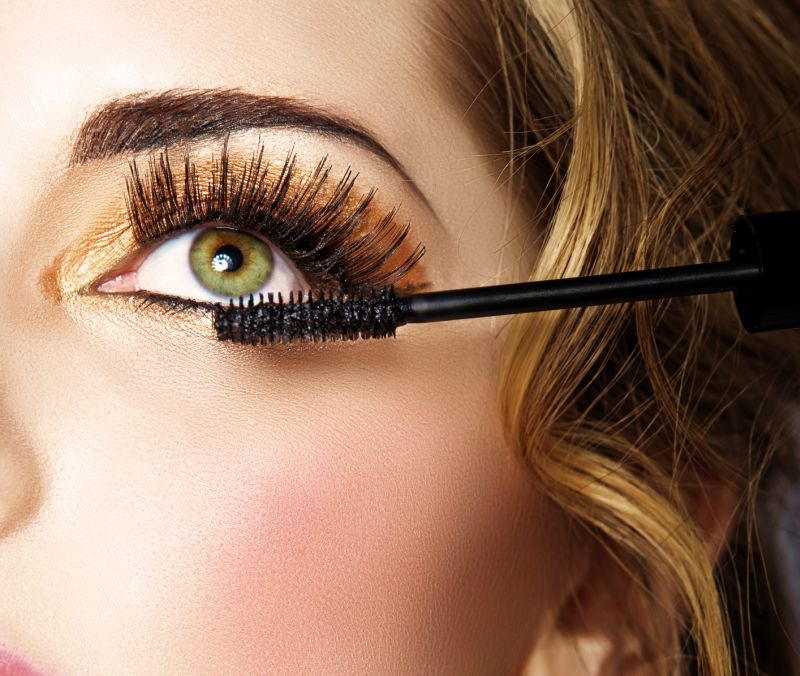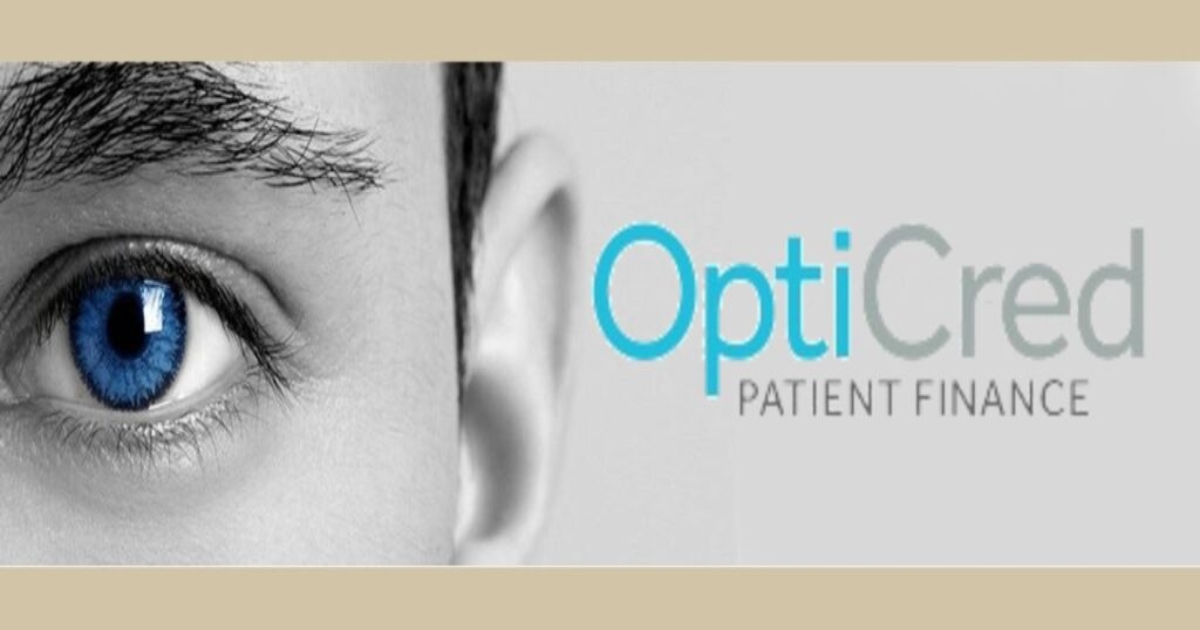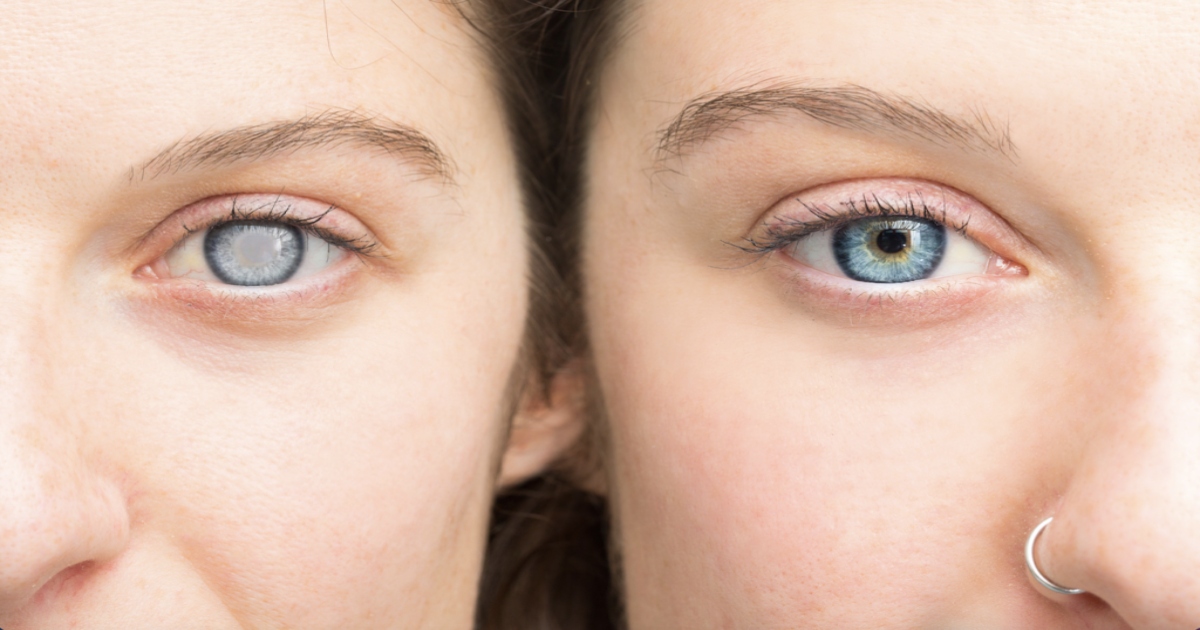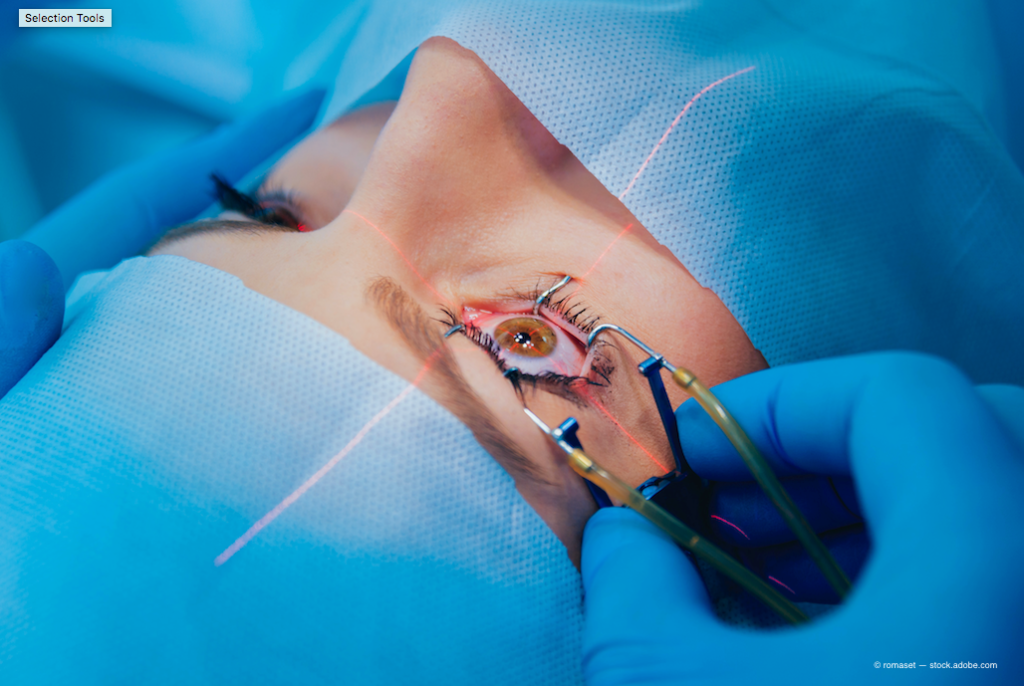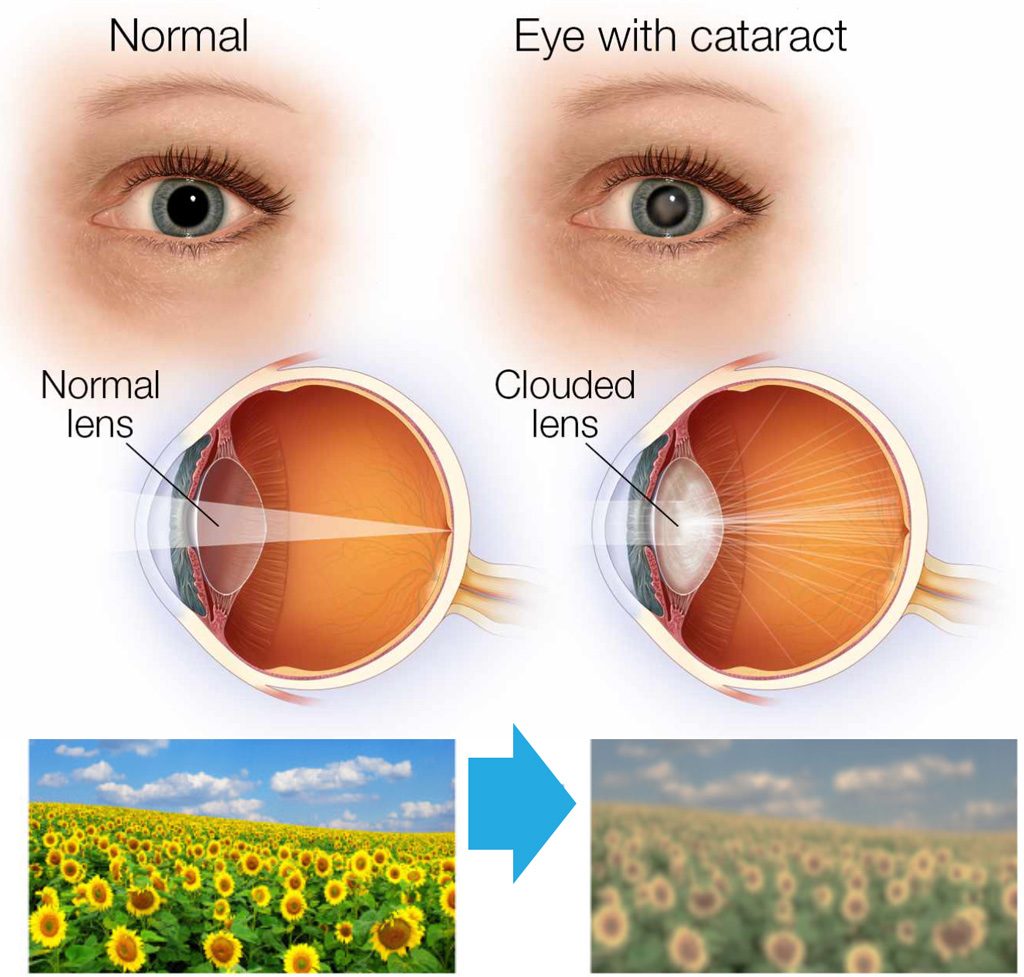

Wiley X is an eyewear brand founded by a veteran. Sunglasses by the brand prioritize safety and style. Each design focuses on wearable comfort for active situations. Many of the brand’s glasses and goggles are prescription ready. Whether you want to customize sunglasses lenses or select your favorite shade of polarized or mirrored lenses, here are 5 reasons to sport Wiley X Sunglasses.

- The Tactical Origins Of The Brand – This brand was founded in 1987 by Myles Freeman Sr., a veteran of the United States Army. Ballistic-rated spectacles and goggles by this brand are mainstays on the Authorized Protective Eyewear List maintained by Program Executive Officer Soldier for members of the U.S. Army. Among civilians and veterans, this brand remains a popular choice for sports such as cycling, fishing, hiking, hunting and shooting.
- The Durability and Quality of Eyewear – To call the fans of this eyewear brand loyal is an understatement. From active-duty service members reserves, veterans and civilians who demand the best protective eyewear on the market, wearers tend to purchase similar safety glasses and sunglasses. Some long standing styles by this optical company have been sold for years or re-released in updated versions with improved features.
- Many Prescription-Ready Sunglass Styles – Popular Wiley X sunglasses such as the Saint, Rebel, Romer3 and and Boss come ready for customization with corrective lenses. Check to see whether your favorite style can accommodate your prescription, as some frames cannot accommodate prescriptions that exceeds +/-3.00 or +/-4.00. Distortion may be an issue with high RX lenses in wraparound frames. Wearers of powerful prescriptions should pay attention to the base curve and lens compatibility of frames.
- An Option for Interchangeable Lenses – Some styles of sunglasses are compatible with an interchangeable set of non-prescription Light Rust, Smoke Grey and Polarized Smoke Green lenses. It may be necessary to select a single lens tint for prescription eyewear or pair this eyewear with a prescription insert.
- Safety Rated Sunglasses and Glasses – This brand makes safety glasses that meet ANSI Z87.1 basic or high-impact, military and federal workplace eye safety regulations. If you require ballistic or high-impact eyewear check to see whether your favorite frames have this rating and make sure that the lenses you order satisfy the same safety standard.
Source:
Safetygearpro.com



